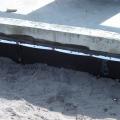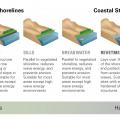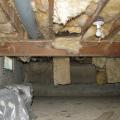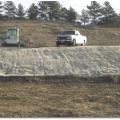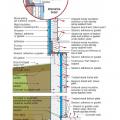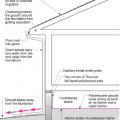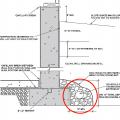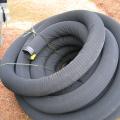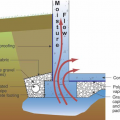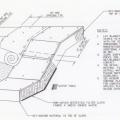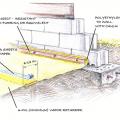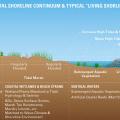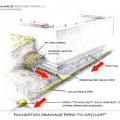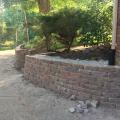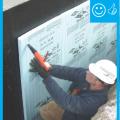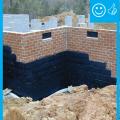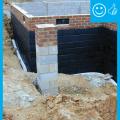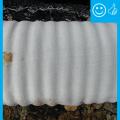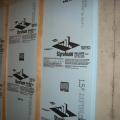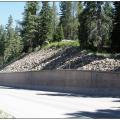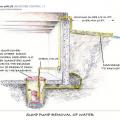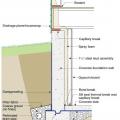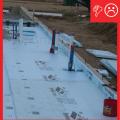Showing results 1 - 50 of 76
Impervious surfaces like patio slabs, sidewalks, and driveways that are within 10 feet of the home should slope away from the house.
A continuum of green (soft) to grey (hard) shoreline stabilization techniques used to mitigate the effects of erosion
An erosion control blanket protects the slope from erosion and provides favorable conditions for bank revegetation
Comprehensive water management features include a capillary break (≥ 6-mil polyethylene sheeting) at all crawlspace floors
Dune erosion caused by the combination of a hurricane and a nor’easter in Ocean City, New Jersey
Good water management practices like sloping grade away from house, and installing gutters, perimeter drain pipe, a capillary break, and free-draining soils or drainage mat protect the foundation from water saturation.
Gutters and downspouts direct rainwater down and away from buildings to keep building walls and foundations drier
Installation of an erosion control blanket to minimize soil loss on sloped ground that has no established vegetation
Patio slabs, porch slabs, walks, and driveways sloped ≥ 0.25 in. per ft. away from home to edge of surface, or 10 ft., whichever is less
Planting deep-rooted native grasses and shrubs on the banks of shorelines can help reduce the effects of erosion on sandy slopes
Proper gutter and downspout system terminates with final grade sloping away from the home
Retaining walls can prevent erosion and landslides and maintain access to critical infrastructure
Right - Basement slab with a capillary break of either gravel or a drainage mat.
Right - Below-grade concrete has been properly sealed against moisture and is now having insulation installed.
Right – Polyethylene sheeting vapor barrier is installed and sealed to the crawlspace walls with mastic
Right – The drain slopes away from the foundation and terminates at the proper distance
Right – The drain tile connects to a sump pump which will pump water away from the foundation
Right – The drain tile is installed along the bottom of the entire foundation footing
Right – The drain tile is wrapped in fabric which will prevent it clogging with debris
Right – The insulated concrete forms that are below-grade have a damp-proof coating to prevent moisture seeping into the foundation
Riprap is used as a common erosion control technique along beachfronts and streambanks
Soil types include sand, silt, and clay- the more sand, the more quickly the soil drains.
The below-grade wall assembly includes dampproofing, draining details, and insulation.
The seams of the rigid insulation are not taped and it will not provide a complete capillary break

